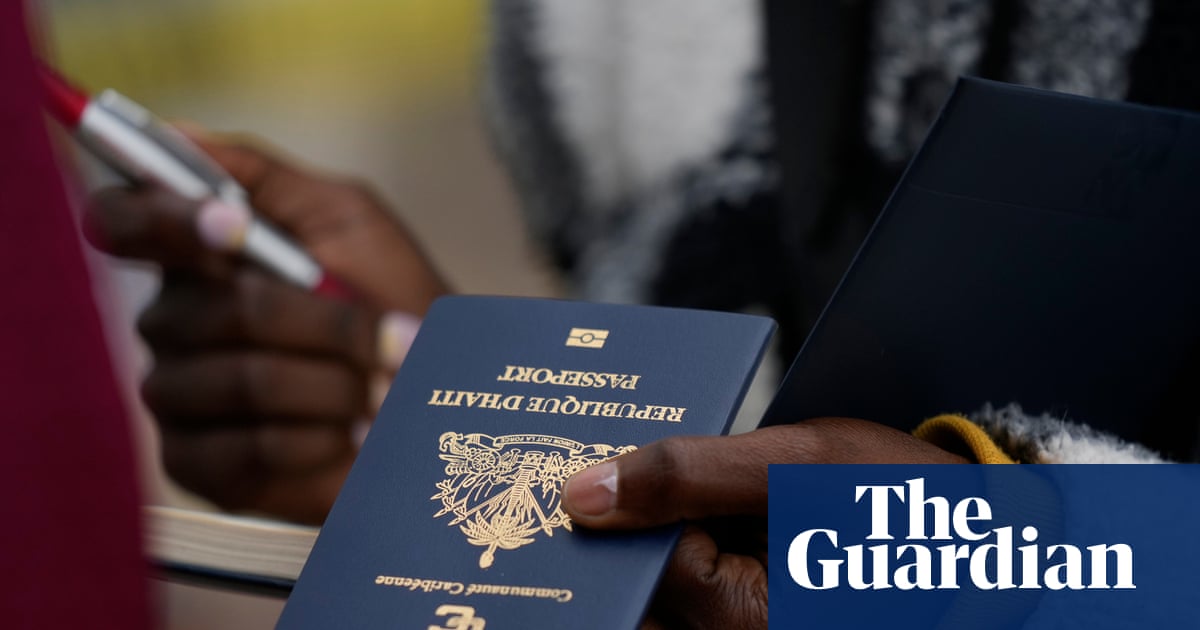A SpaceX Falcon 9 rocket blasted off late Thursday, propelling a reusable X-37B Space Force rocket plane into space on a classified long-duration mission. It was the eighth such flight since the program's debut in 2010 and the first since a 434-day mission ended last March.
Lighting up the overnight sky for miles around, the Falcon 9 roared away from historic pad 39A at the Kennedy Space Center at 11:50 p.m. EDT, arcing onto a northeasterly trajectory atop 1.7 million pounds of thrust from the booster's nine first-stage engines.
After the spacecraft climbed out of the lower atmosphere, the engines shut down, the first stage fell away, flipped around and re-ignited three engines to reverse course and head back to Florida. Heralded by an attention-getting sonic boom, the booster landed at the nearby Cape Canaveral Space Force Station to wrap up its sixth flight.
It was SpaceX's 66th booster landing in Florida and the company's 490th successful recovery overall.
As usual with classified Space Force missions, SpaceX ended its launch commentary with the first stage landing and offered no information about the Falcon 9's second stage climb to orbit, when the Boeing-built X-37B was to be released to fly on its own, or any details about its orbit.
The seven previous X-37B missions -- three by the orbiter launched Thursday and four by a twin sister ship -- all carried out long-duration missions ranging from 224 days to nearly 909 days. It's not known how long the X-37B launched Thursday will remain in orbit.
While the flights are generally classified, Space Force and Boeing officials publicly discussed two of the payloads on board.
One will test high-speed, tightly-targeted laser communications between the X-37B and small data relay satellites making up a growing "proliferated" space-based communications system.
The tests "will mark an important step in the U.S. Space Force's ability to leverage proliferated space networks as part of a diversified and redundant space architecture," said Gen. Chance Saltzman, director of space operations for the U.S. Space Force.
"In so doing, it will strengthen the resilience, reliability, adaptability and data transport speeds of our satellite communications architecture."
The other publicly disclosed payload is a sophisticated quantum navigation sensor designed to determine a spacecraft's precise position in space by "detecting rotation and acceleration of atoms without reliance on satellite networks like traditional GPS," the Space Force said in an on-line description.
"Whether navigating beyond Earth-based orbits in cislunar space or operating in GPS-denied environments, quantum inertial sensing allows for robust navigation capabilities when GPS navigation is not possible," said Space Delta 9 commander Col. Ramsey Horn.
"Ultimately, this technology contributes significantly to our thrust within the Fifth Space Operations Squadron and across the Space Force guaranteeing movement and maneuverability even in GPS-denied environments."
Clad in black heat shield tiles and white insulation blankets, the unpiloted X-37B resembles a mini space shuttle with stubby delta wings and two tail fins extending from either side of the rear of the fuselage. It can be launched atop SpaceX Falcon 9 and Falcon Heavy rockets or United Launch Alliance's Atlas 5 and Vulcan boosters.
Two virtually identical X-37B Orbital Test Vehicles, or OTVs, are operated by the Pentagon's Rapid Capabilities Office for the U.S. Space Force. The vehicles are designed to serve as test beds for avionics and advanced sensors, to evaluate reusable spacecraft components and to provide a platform for experiments that can be returned to Earth for analysis.
Powered by solar cells and batteries, the orbiters feature a small payload bay similar to a space shuttle's that can accommodate a variety of sensors and experiment packages.
The compact spacecraft are designed to end their missions with runway landings at Vandenberg Space Force Base in California or the Kennedy Space Center in Florida using 3-mile-long runways originally built for the space shuttle.
The most recent flight of an X-37B began with a launch atop a SpaceX Falcon Heavy rocket on Dec. 29, 2023. It ended last March 7, with touchdown at the Kennedy Space Center after 434 days and six hours in space. Going into Thursday's mission, the two X-37Bs had logged a combined 11-and-a-half years in space across seven flights.
Fire burning in one of the tallest trees in the world, Oregon crews trying to extinguish it
Celtics star Jaylen Brown's father faces attempted murder charges
Newsom signs bill putting new California congressional maps on November ballot

 German (DE)
German (DE)  English (US)
English (US)  Spanish (ES)
Spanish (ES)  French (FR)
French (FR)  Hindi (IN)
Hindi (IN)  Italian (IT)
Italian (IT)  Russian (RU)
Russian (RU)  8 hours ago
8 hours ago
























Comments